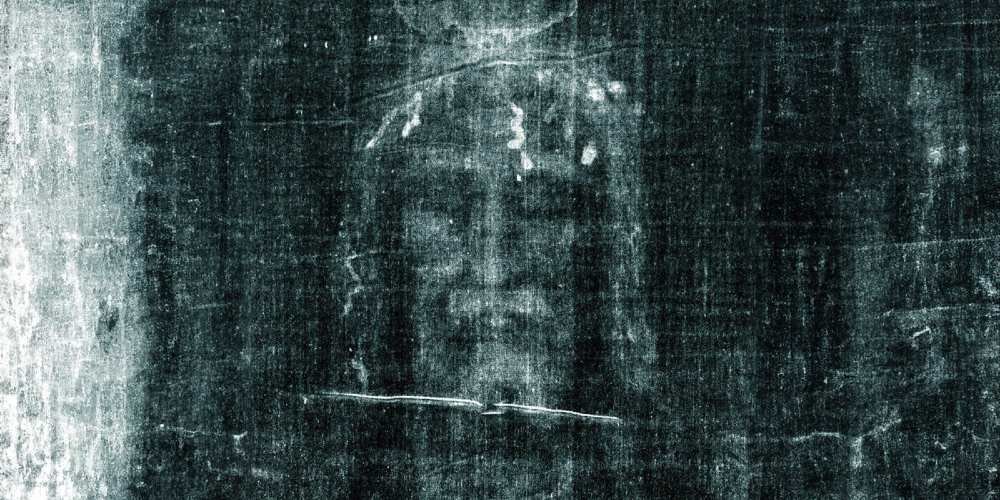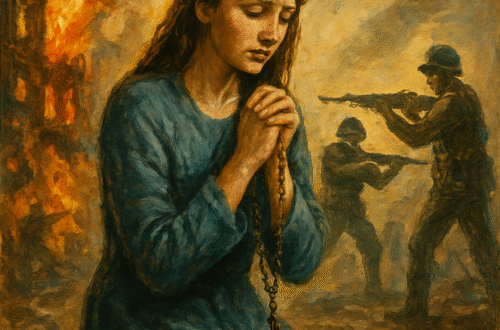Picture this, I was 8 years old. I had just experienced a nightmare. I was feeling anxious and afraid and my father showed me a projected image of the Shroud of Turin to comfort me. To my father, it was proof of the resurrection of Christ. To me, it was the haunting face of a dead man.
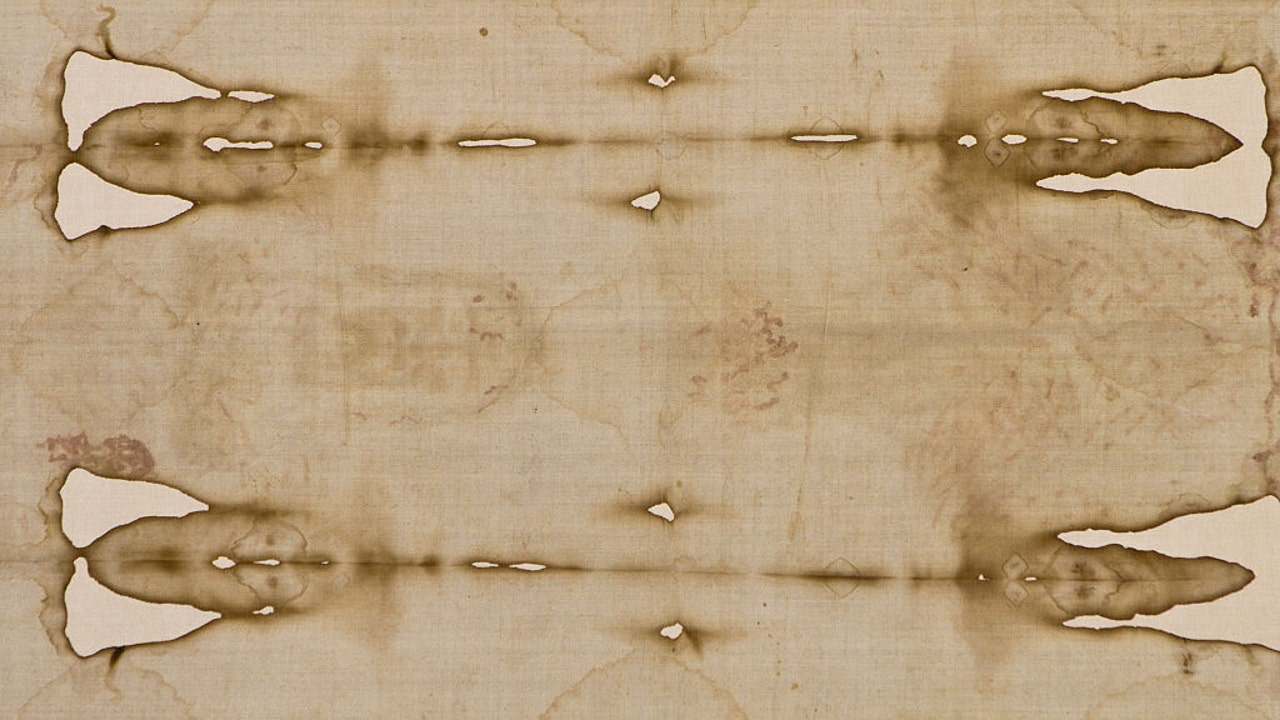
What does the Shroud of Turin mean to you? Is it proof of the resurrection of Christ? Is it a medieval forgery? Does it have any bearing on your faith at all? Is the Shroud of Turin comforting to you?
New evidence has now dated the cloth to the time of Christ. Thus refuting the famous 1988 carbon dating tests, which dated the shroud c. 1260-1390 AD. Granted, at the time of dating, some scientists questioned the part of the textile that was taken for carbon dating. The fabric was exposed to fire and water in 1532. Some scientists believe this may have contaminated the piece of cloth that was tested in 1988. The Vatican allowed continual experiments to be conducted after this date and allowed ongoing veneration of the shroud, despite the findings. However, for many people, the carbon dating evidence was enough to ‘prove’ the cloth was a medieval forgery and they chose to disbelieve in the shroud’s authenticity.
However, my father wasn’t one of the disbelievers. Carbon dating is not an exact science and there have been other times when carbon dating has proved inaccurate. So what other evidence is available to us to believe the Shroud of Turin is the authentic burial cloth of Christ?
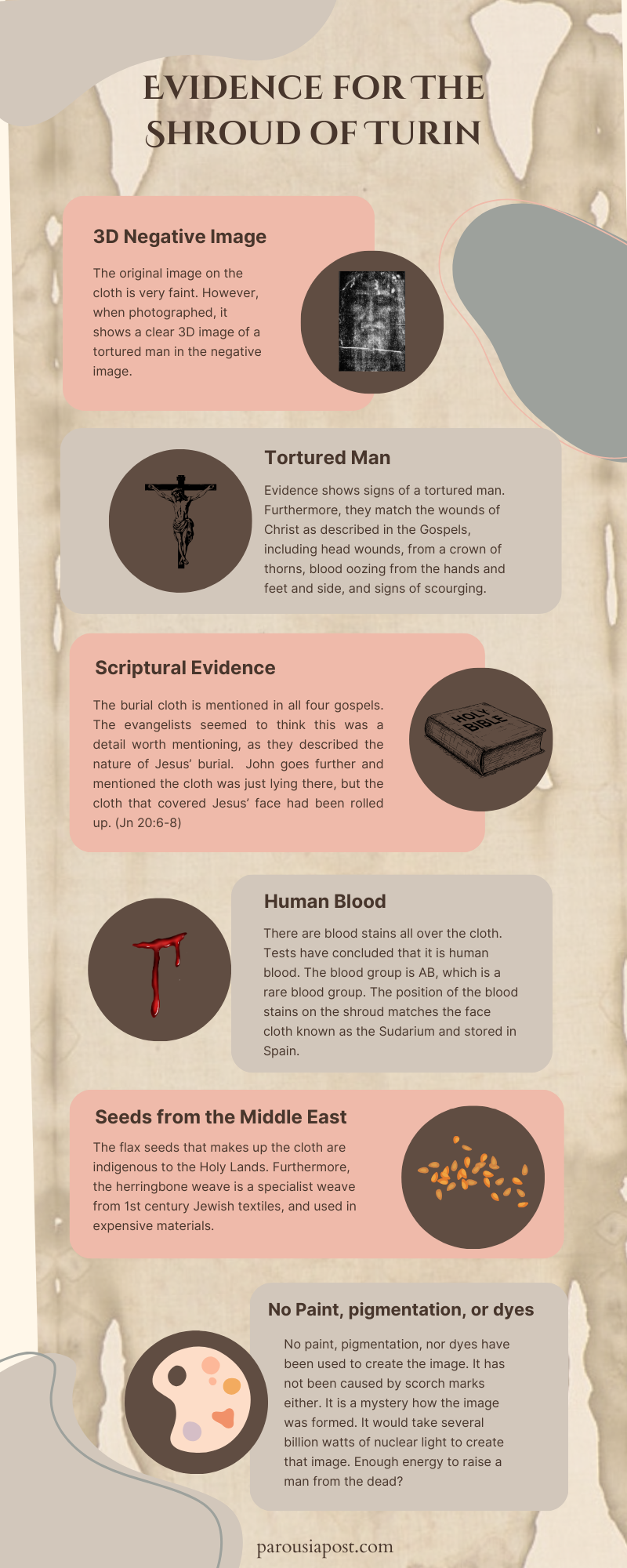
True face of Christ
I think the reason my father showed me that image was to show the true face of Christ. The actual face of Jesus in his resurrected glory. Not only is the shroud proof of the resurrection, as my father believed, Christ has left an indelible mark in history on that holy relic. It is real. It’s a tangible piece of the gospel narrative. You can see it, touch it, examine it, which many scientists have done.
Some people see visions of Christ through prayer and meditations. St Faustina was given an image of Christ’s mercy, and told to have a painting made of his divine image. She described what she saw to the artist, but was never satisfied that he caught the true picture as she envisioned.
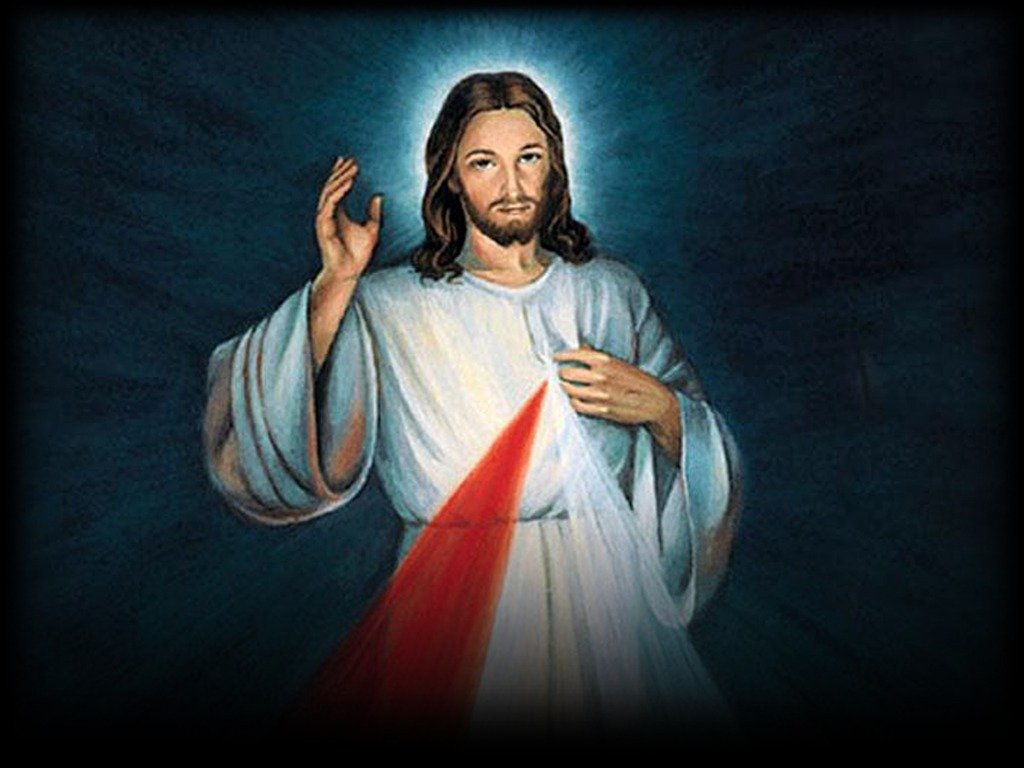
However, many Catholics have found this picture comforting. They are inspired by the concept of Christ’s Mercy and hold a real devotion to this image.
In contrast, my father loved history. He loved archaeology. Time Team was one of his favourite TV programmes. He loved the practical pursuit of finding physical evidence to confirm historical events. To him, The Shroud of Turin was physical evidence of the resurrection of Christ. It’s also an image of the true face of Jesus. Not an artist’s rendition of Christ’s face, but the actual image of Our Lord.
As an 8-year-old, I did not understand the significance of the image on the shroud. To be honest, I was rather creeped out by it. But now, I have come to revere it, as my father did. I see the blood on the forehead, hands, feet and side, and scourged marks on the back, as the true image of divine mercy.
Now I look upon that image with pity and awe and hope for the resurrection of all believers. I find comfort in the Shroud of Turin?
What do you think?
Do you believe the Shroud of Turin is an authentic image of Christ? If so, what does it mean to you and your faith. Share your thoughts in the comments below.
